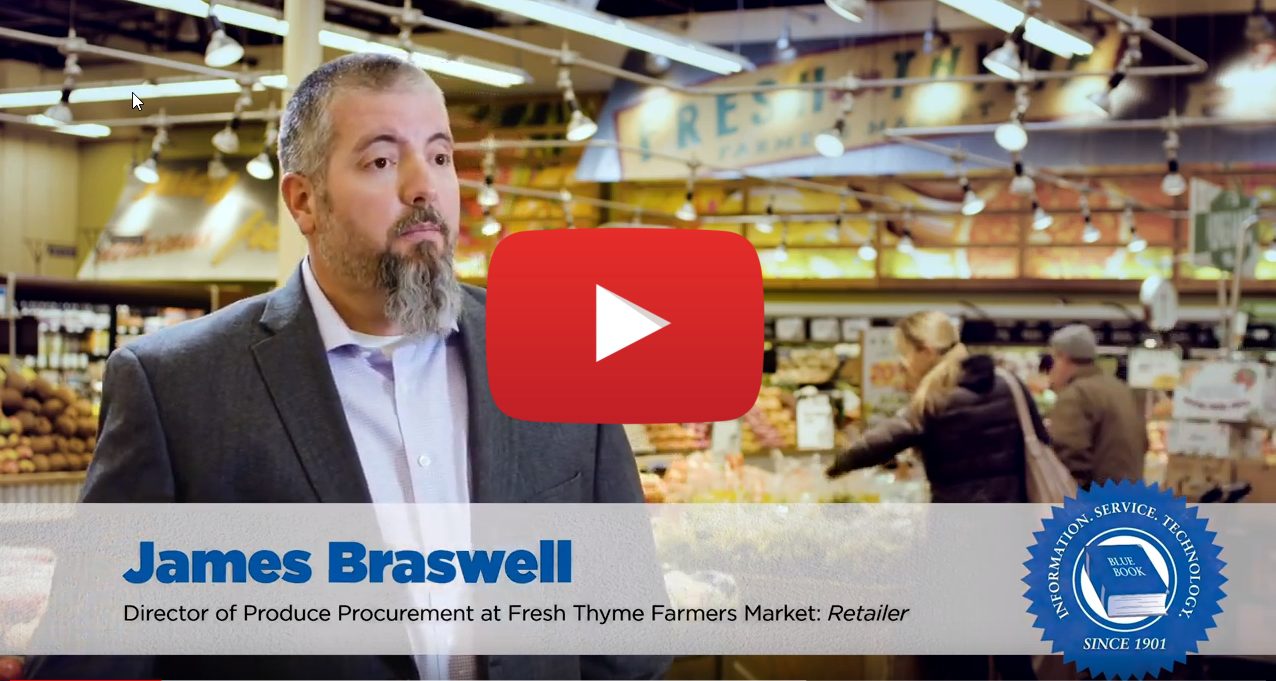Kale Craze Continues
Along with the rest of the country, the Midwest continues to see high demand for kale. “We’re seeing a huge increase,” confirms Branden Wandersee, head of operations and purchasing for V. Marchese, Inc., a foodservice distributor based in Milwaukee, WI, which is 92 miles straight north from Chicago, along the Lake Michigan shoreline.
Over the past three years, U.S. kale sales have jumped by more than 30 percent annually, with an overall price increase of around 80 percent—partially due to demand outpacing supply.
“Kale is probably the biggest mover for us right now,” shares Wandersee. “It’s one of those power greens, like spinach.” He says Marchese is working with a fresh-cut facility to create salad blends featuring kale and other popular vegetables. “We have what we call the ‘power blend,’ which includes broccoli, Brussels sprouts, kale, and carrots.”
Homegrown Produce
Locally grown fruits and vegetables remain popular in Chicago and beyond. “During the summer, we’re seeing a huge increase in customers looking for local product,” Wandersee says.
Sugrue of Robinson Fresh agrees, and notes, “More people are growing produce in a three-state radius than ever before.”
Unfortunately, thanks to the region’s brutal and often extended winters, most Midwest-grown produce has a short window of supply. The good news is the appearance of local green-houses to help fill in the gap. “We deal with some smaller greenhouses here in Milwaukee and Canada that offer [product] year-round, like micro-greens and some spring mixes and salads,” notes Wandersee.
Sugrue is a fan of artisan, small batch products, which he says are rising in popularity. Though they keep consumers coming back for more, it’s often difficult to keep up with demand. “From the business side of things, this is the trickiest trend,” he admits.
“Small batch products mean having a deep understanding of grower avail-ability and consumer demand,” Sugrue continues. “It also means we need to put products on a truck that will fill less than truckload, but still maintain the proper temperature to keep the food as fresh as possible. It’s an area of the business that needs to be carefully monitored and nurtured.”



